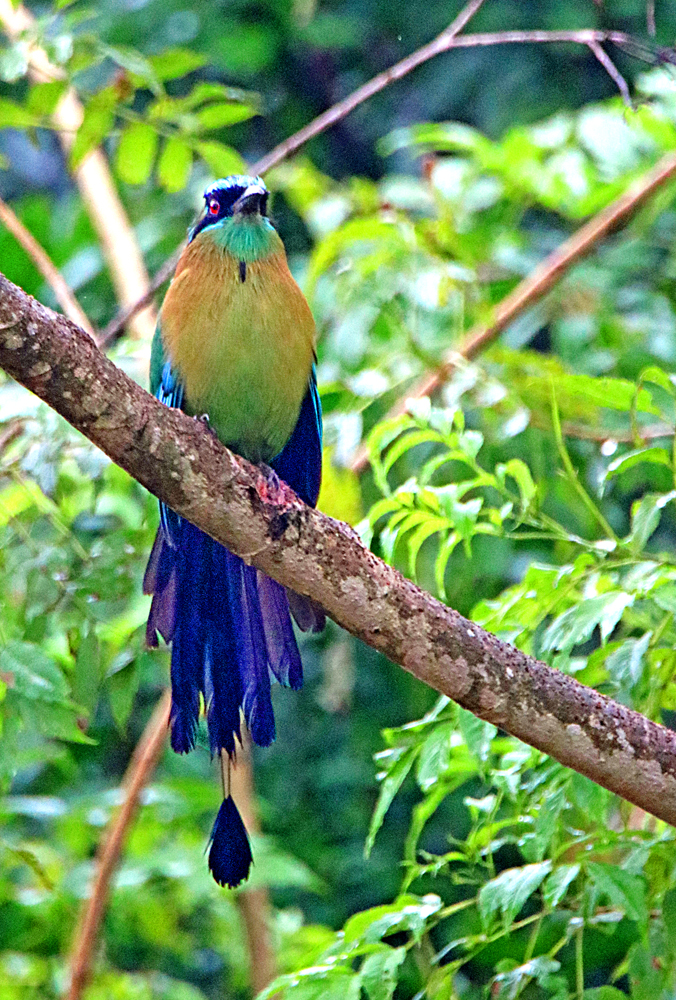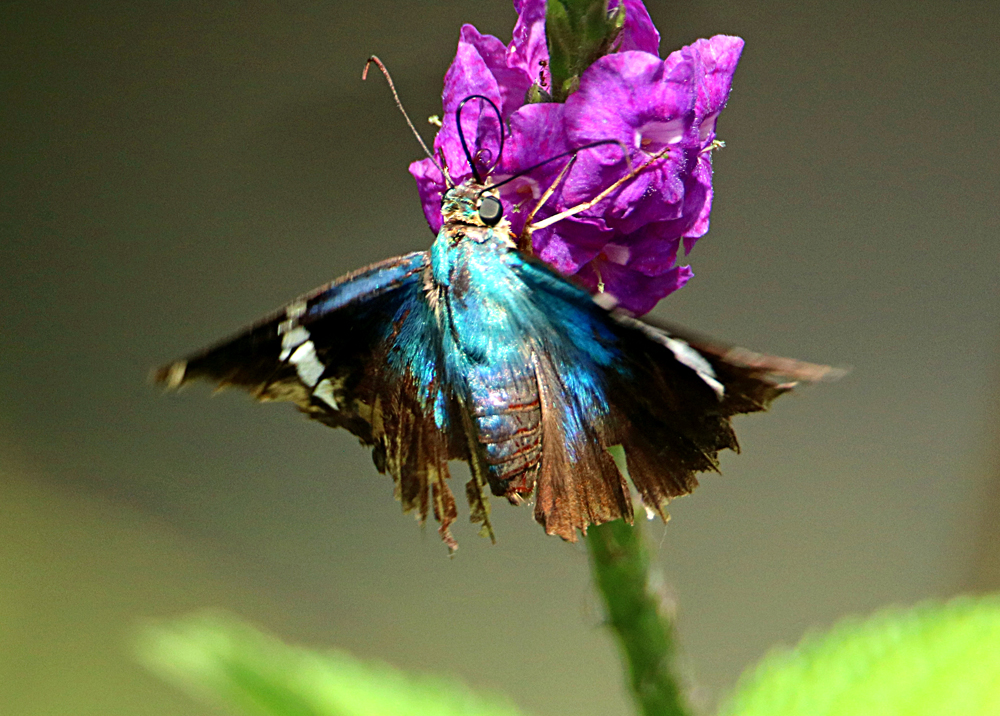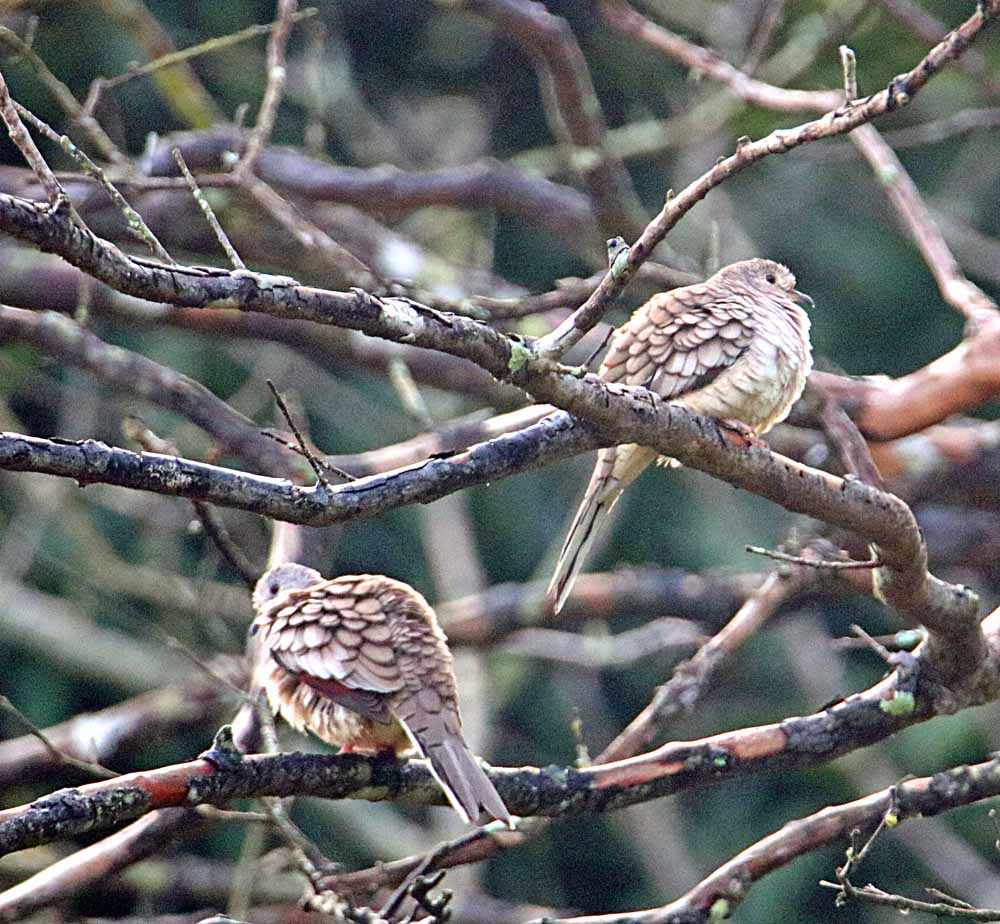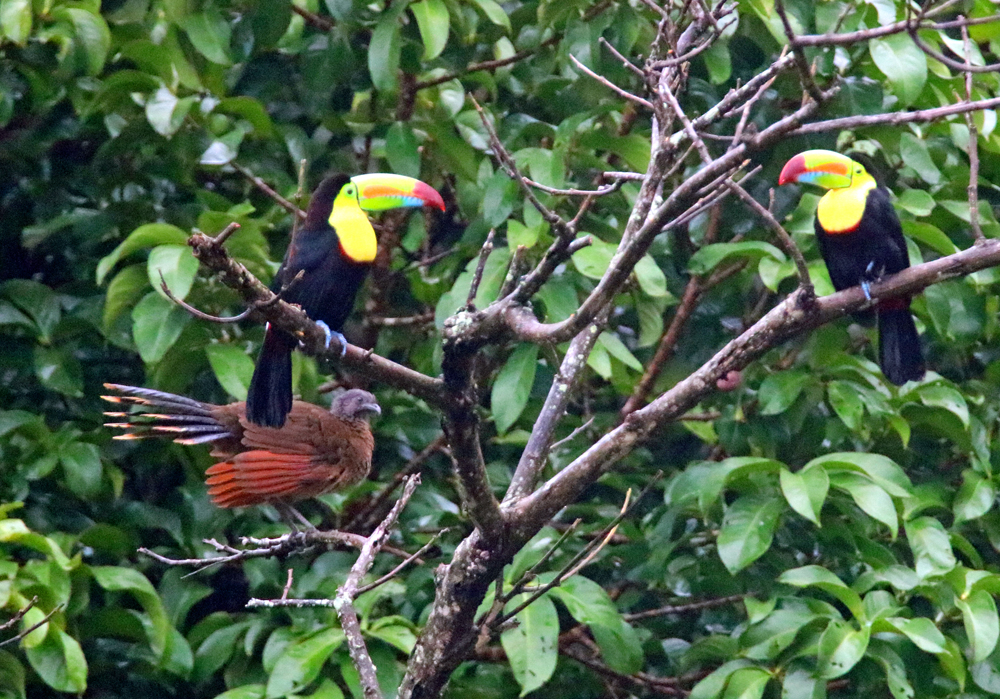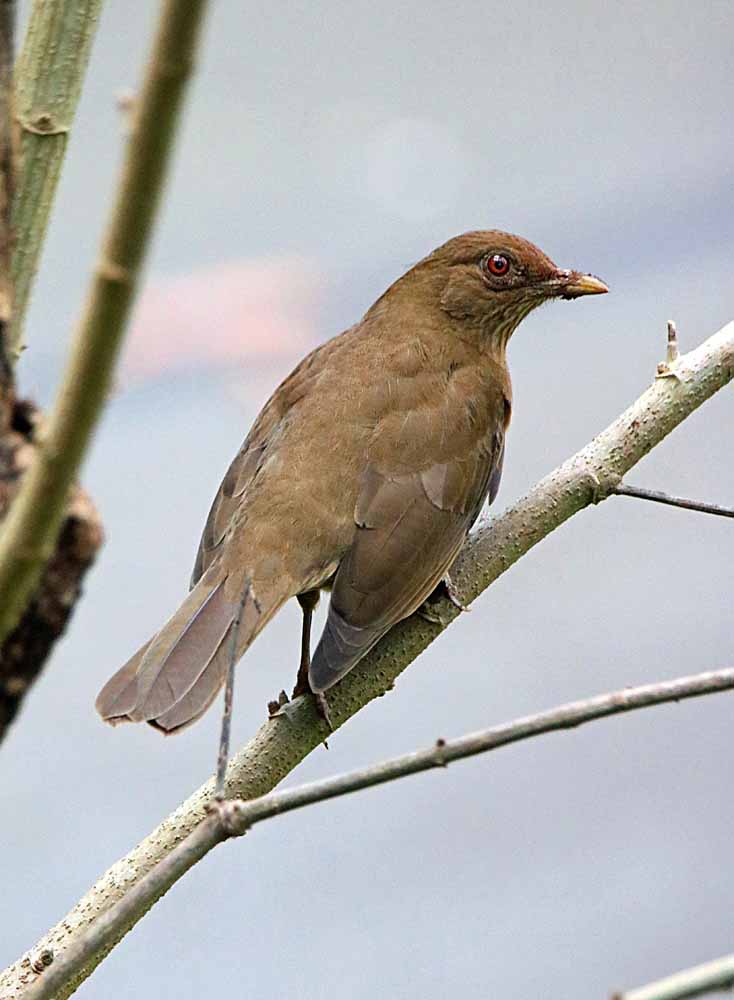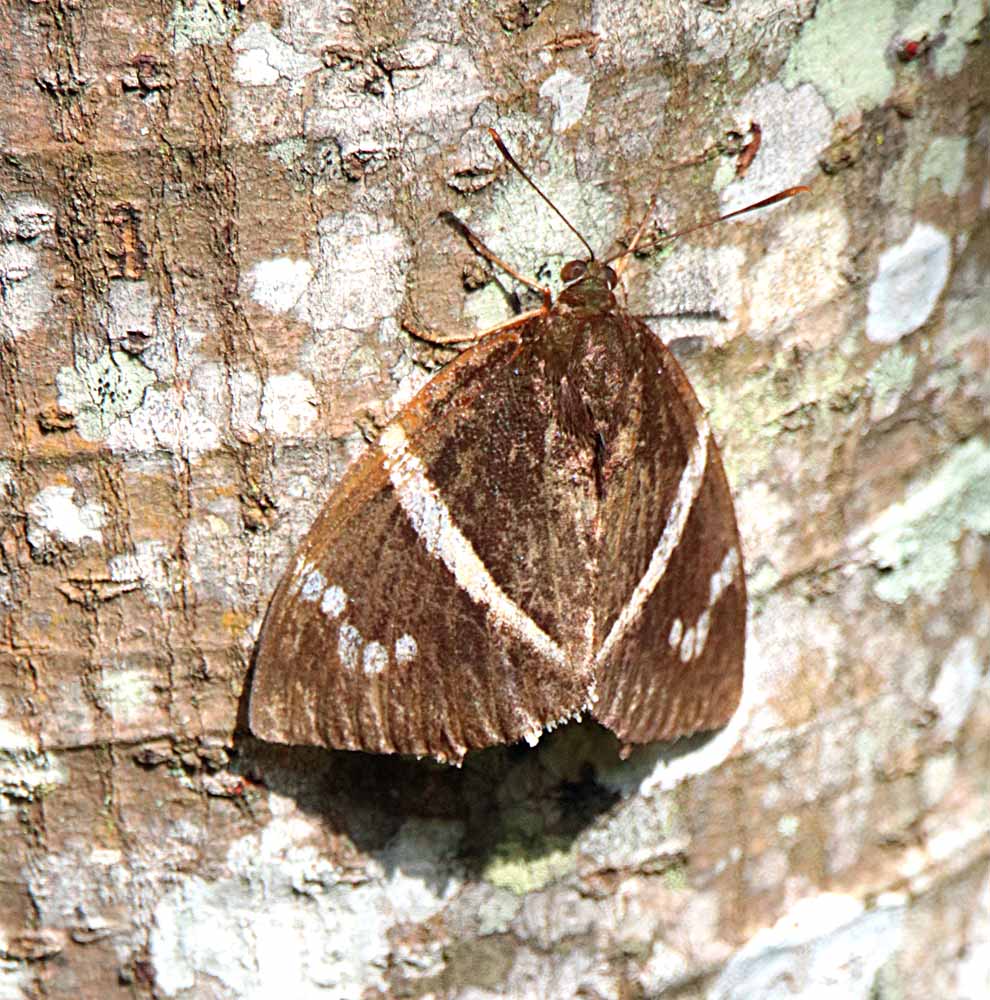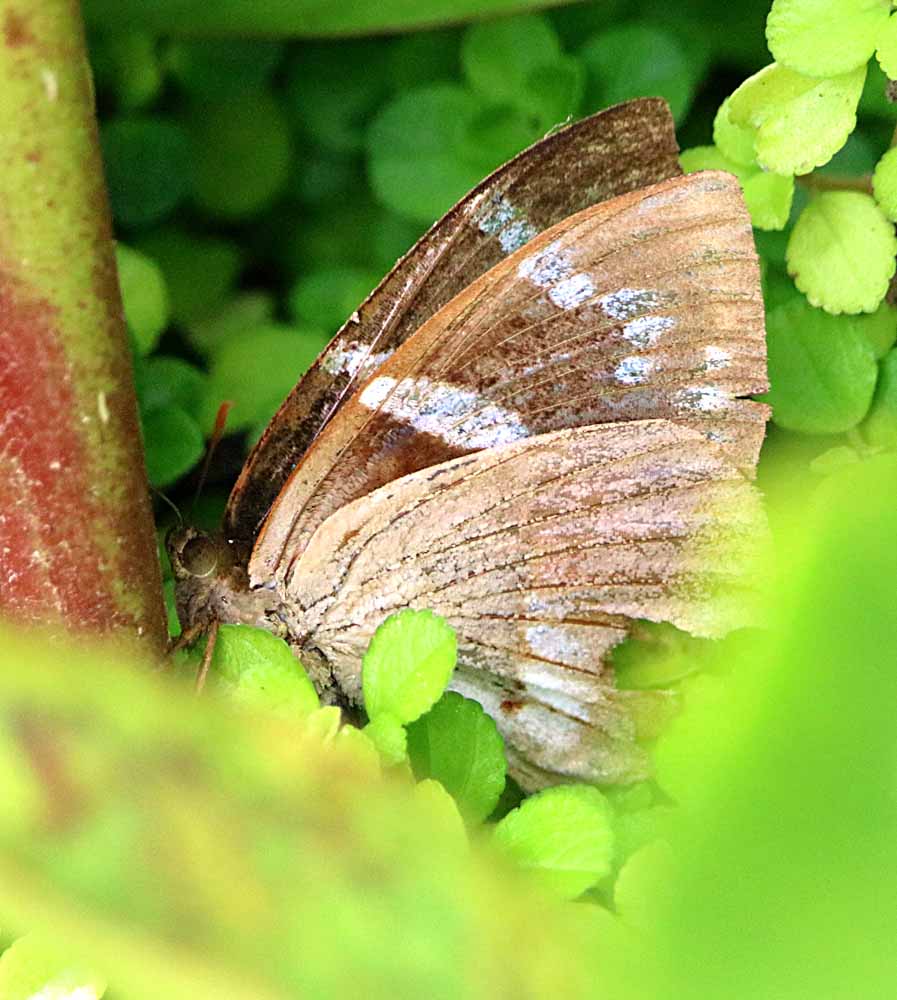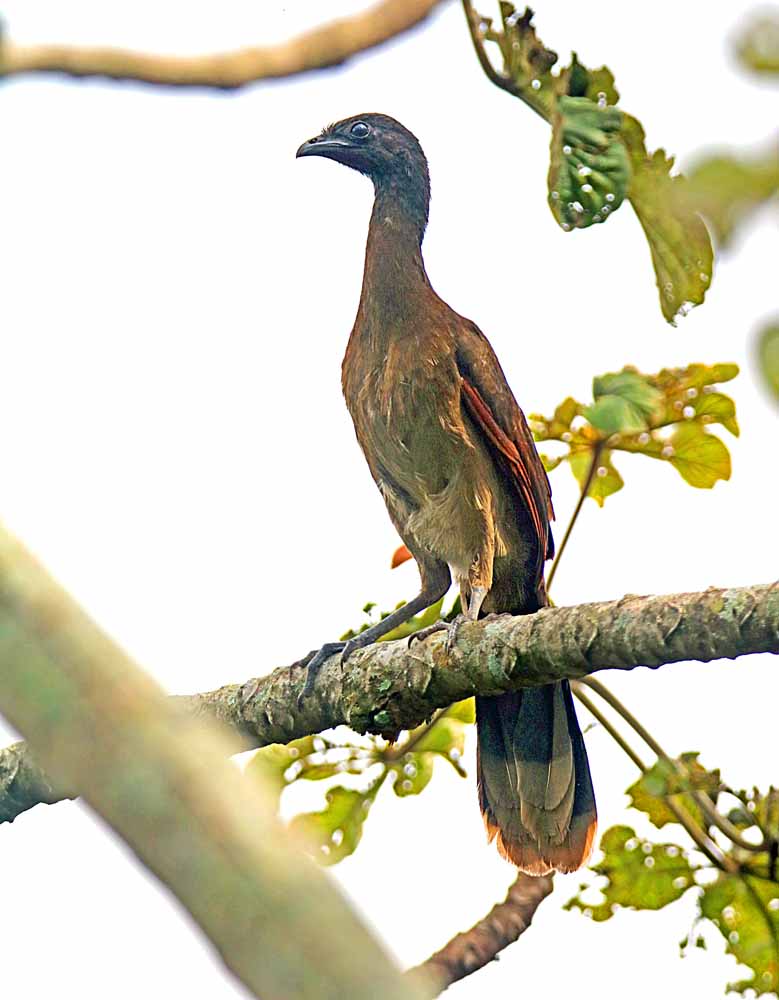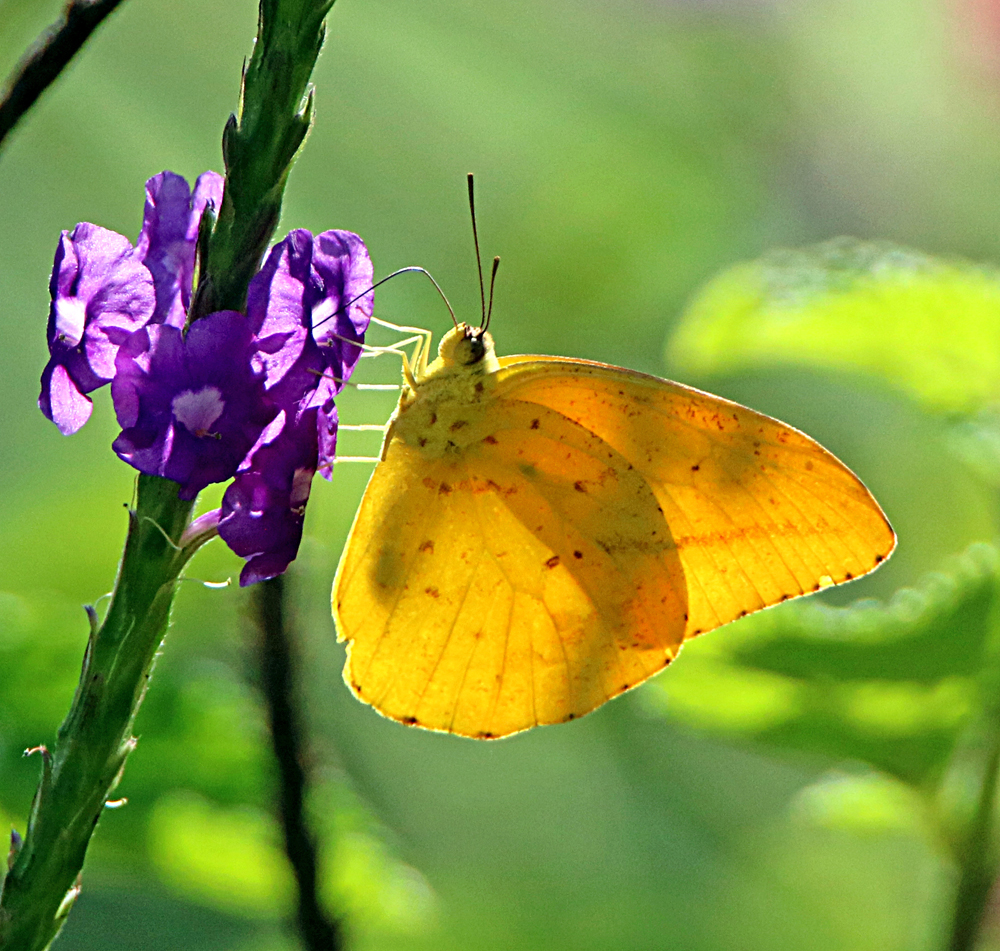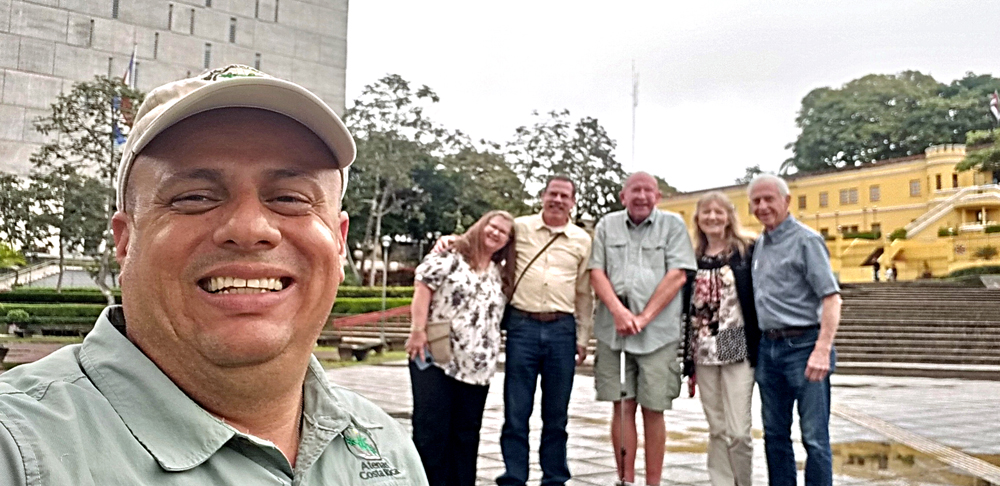Many yellows & sulphurs are similar and difficult to identify, but sometimes getting even a bad photo helps to make the identity. That was the case for this Apricot Sulphur, Phoebis argante (my gallery link) that I photographed in my garden recently. The first shot of the side view or folded wings is a light yellow with brown spots like a dozen or so of the yellows and sulphurs, but then he flew to another plant with the top of his wings showing in the second photo below which is out of focus, but the solid orangy-yellow top makes him an Apricot Sulphur. 🙂
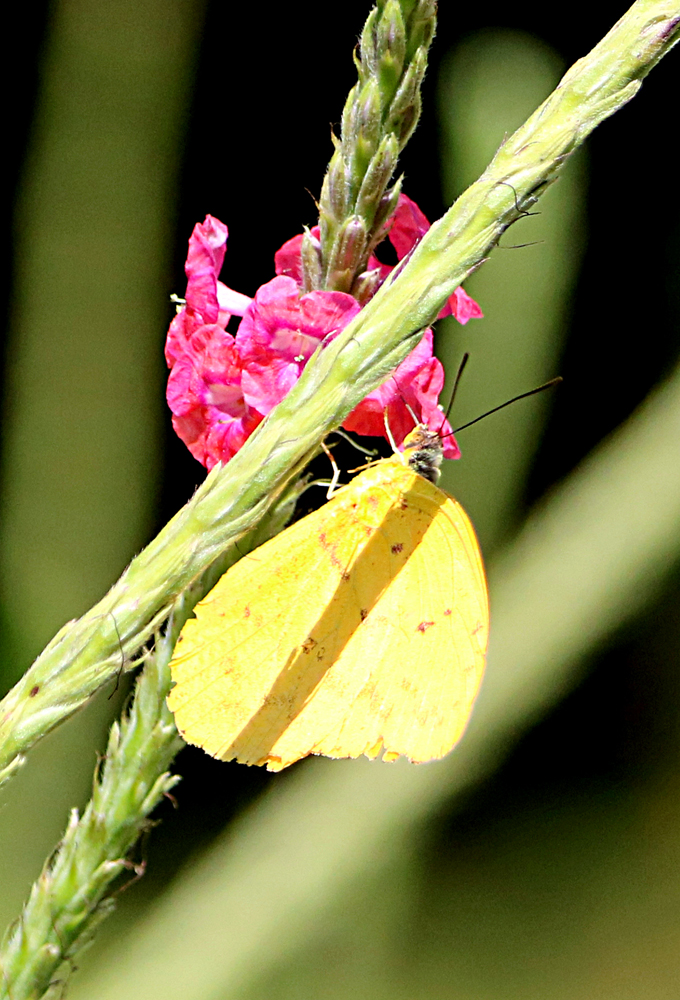
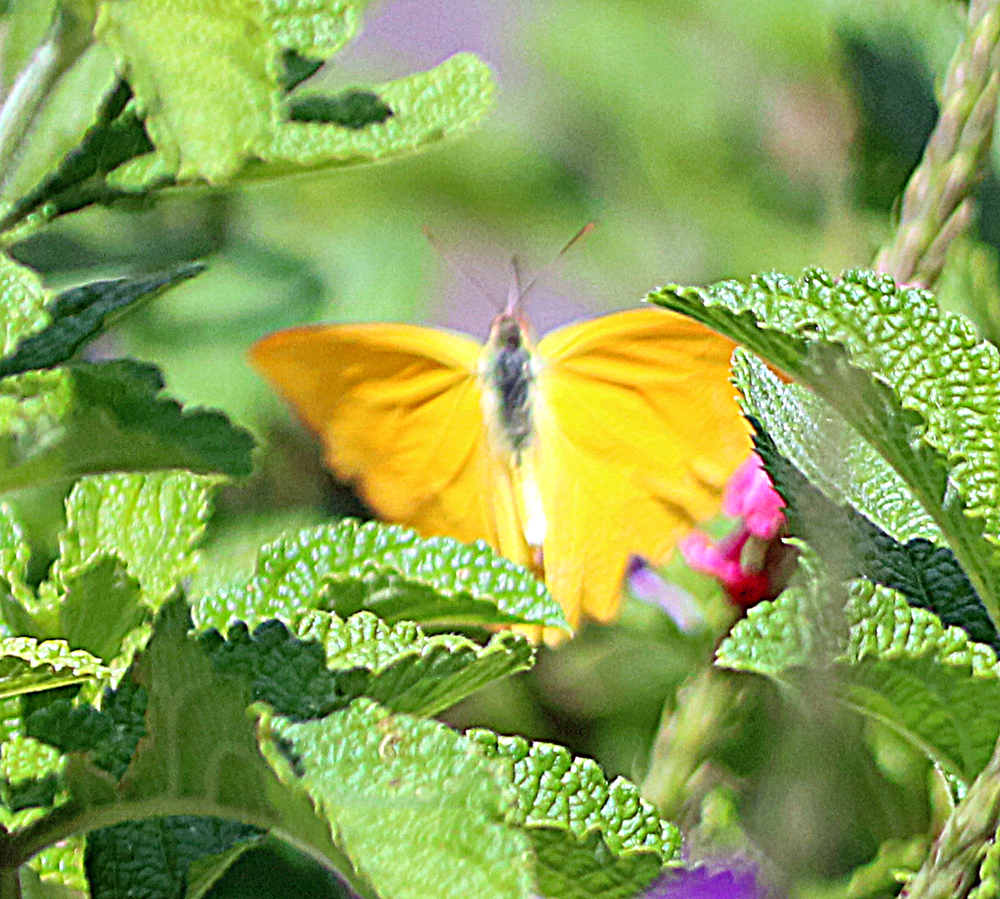
See more photos in my Apricot Sulphur Gallery. He is found from Paraguay north to Mexico.
¡Pura Vida!


